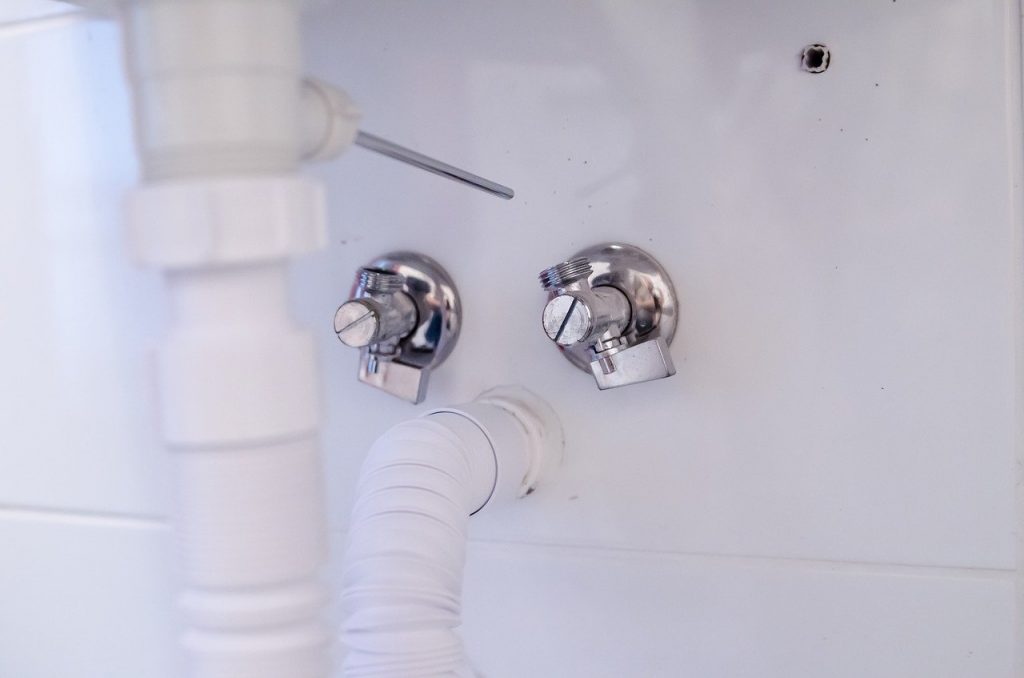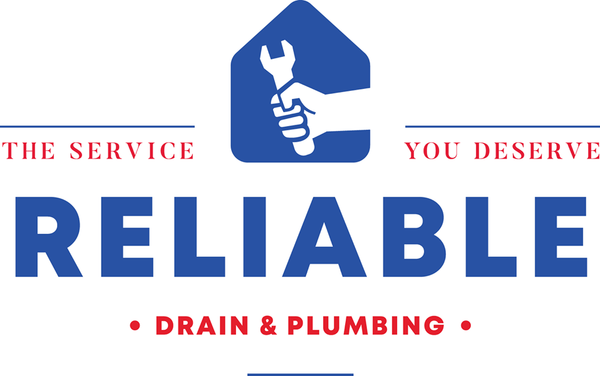
To help you out with some plumbing terminology, our previous article went over PRVs. This time, we plan on going through another lesser-known (but relatively common) plumbing piece, the ferrule. What is a plumbing ferrule?
A plumbing ferrule is a tool inside of a pipe known to connect two plumbing pipes. It is inside a ferrule nut, which exerts pressure and compresses the line to enable water pressure to be consistent.
A plumbing ferrule is common in pipes that don’t have gravity working on their side. You won’t find them directly under the sink, but you will find them deeper in a plumbing infrastructure. Below, we will go through different ferrule variations.
Different Ferrule Types
Ferrules vary depending on these factors:
Materials
Ferrules are classically made of brass or copper due to longevity. However, technological advances have made rubber, plastic, and nylon ferrules become more durable and long-lasting.
There is no “winning material” with ferrules, but you will find that rubber and plastic ones are a bit easier. This is because the replacement of those materials is typically more approachable.
Any metal materials are typically more expensive. However, there is no doubt that those materials usually have more significant longevity potential.
Sizes
Ferrules vary heavily depending on size. The size of the pipes limits size of the ferrule. All ferrules you purchase will provide details on what pipes they are best for on the packaging.
A larger or smaller ferrule has little bearing on the water pressure. Instead, water pressure is only affected by the strength of the seal.
Installation of Ferrules
Installation of ferrules requires a leak-free application. If there are any leaks, your home’s water pressure will reduce. You might also see water impact the pipe, as it will be standing in the gaps.
Installation of a ferrule in a pipe starts with a ferrule puller. Once you pull the old one out, you’ll want to clean the line to ensure nothing is left behind.
You’ll also need to tighten the nut with a flare wrench intended for hexagonal nuts. However, the process can be somewhat tricky for those who are not trained plumbers.
Why Would I Not Just Replace The Pipe?
Of course, replacing the pipe is typically quicker than replacing the ferrule inside the tube. It means less time working with the inside of pipes, but it also means you will need to pay for a completely new line.
Replacing a pipe when the ferrule is busted is wasteful. It’s also usually less cost-effective unless the line is incredibly cheap. Always run cost comparisons to see your options before making a replacement.
Wrap Up
A plumbing ferrule is something you aren’t likely to talk about until it goes wrong. Once it goes wrong, you’ll find out with leaky sections and weird water pressure issues.
Because replacing a ferrule can be tricky, we recommend contacting our trusted plumbers to care for these issues. DIY is great, but it doesn’t help If you turn a $400 fix into a $5000 nightmare.

